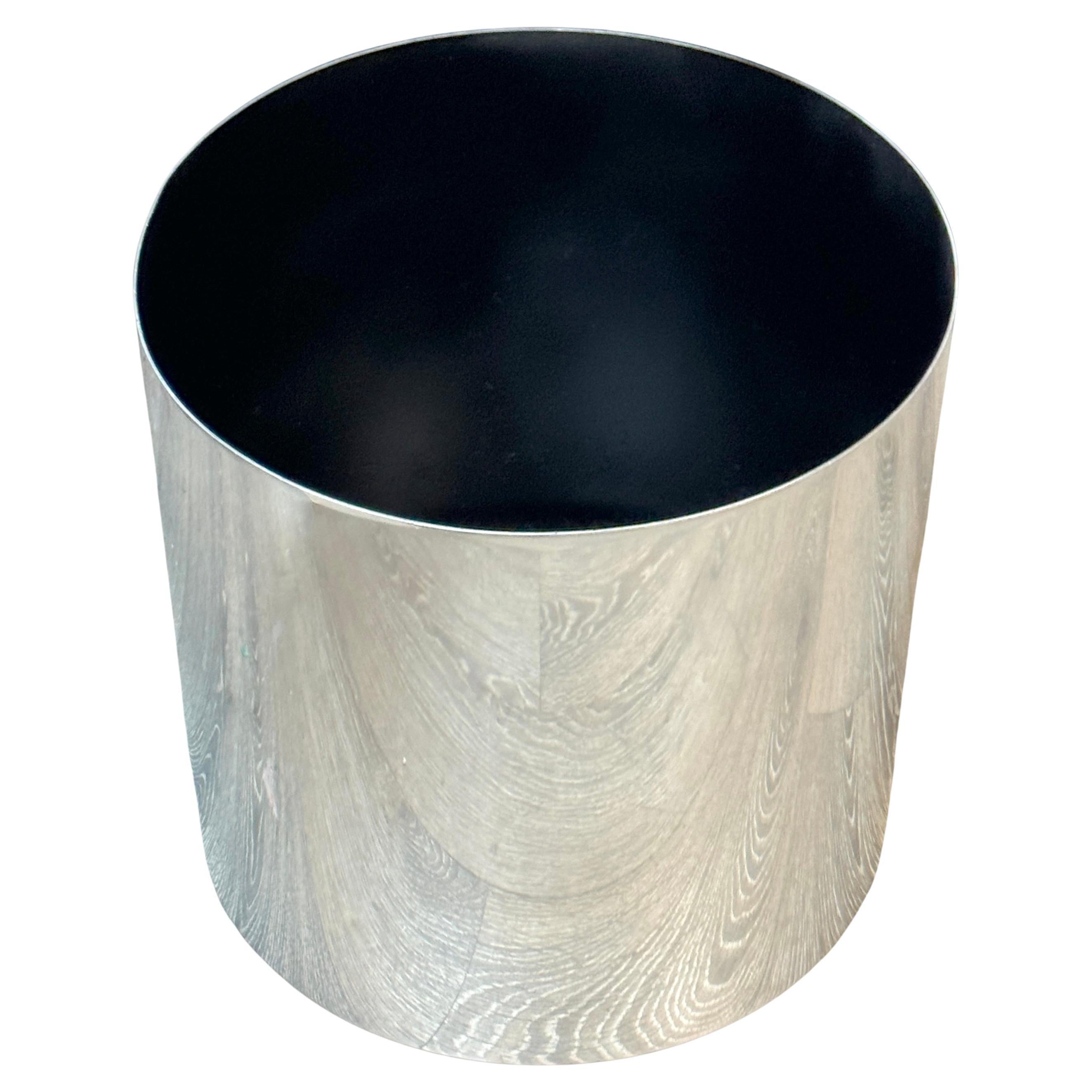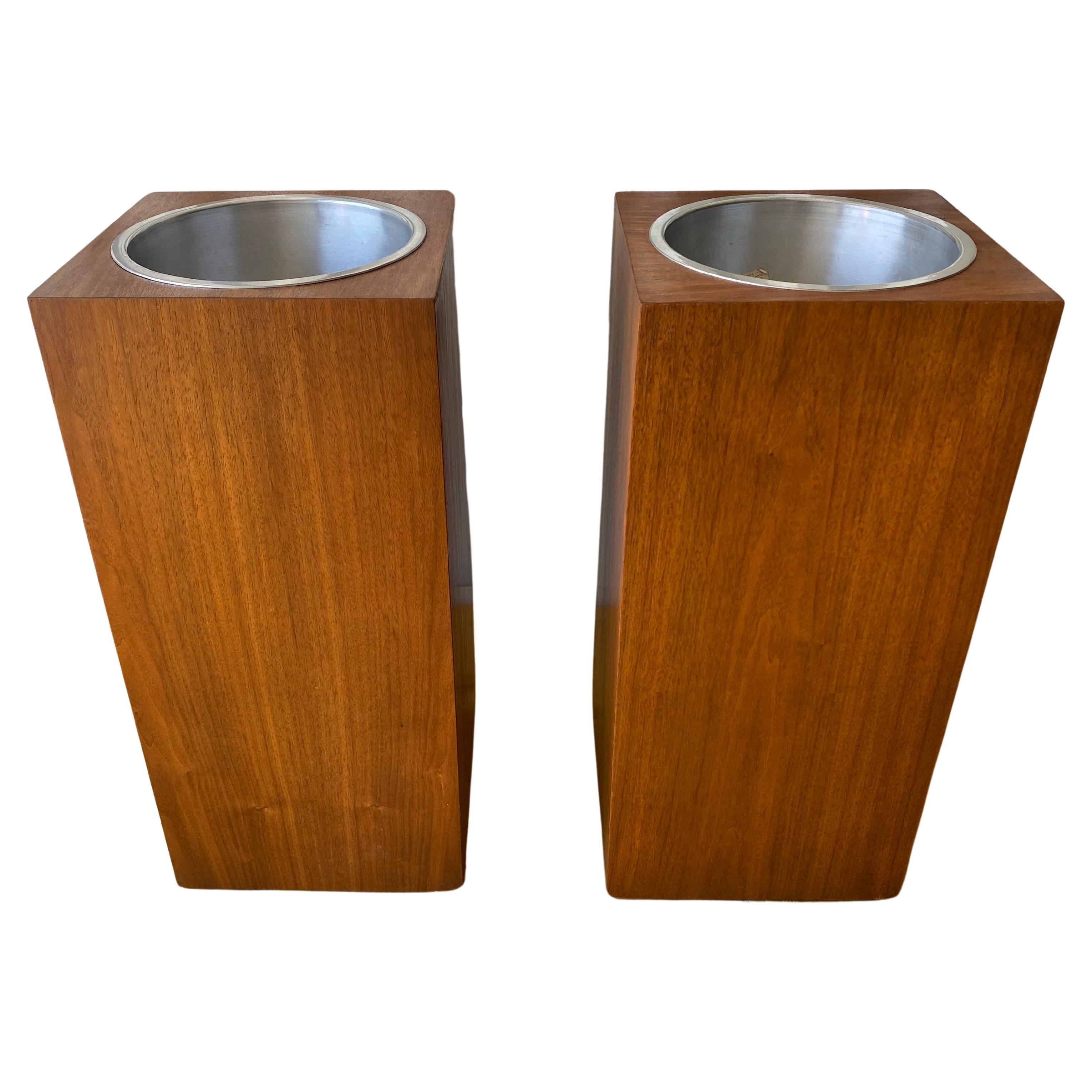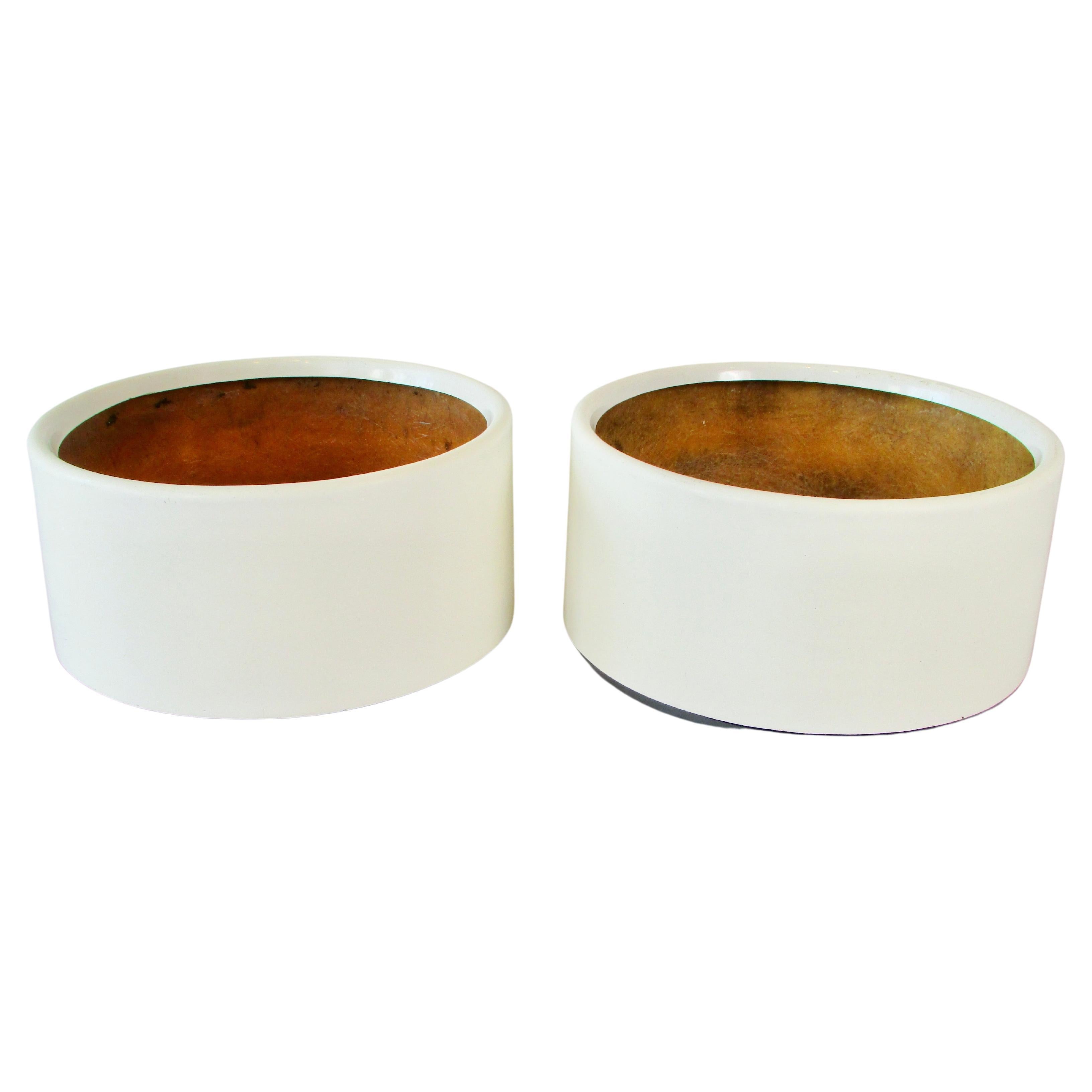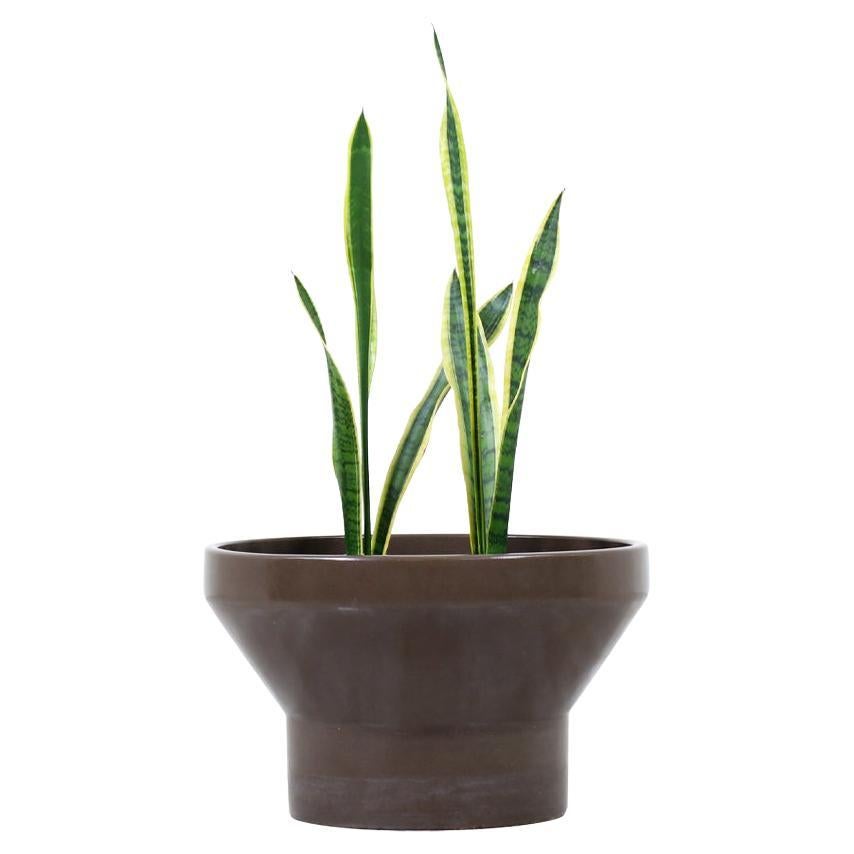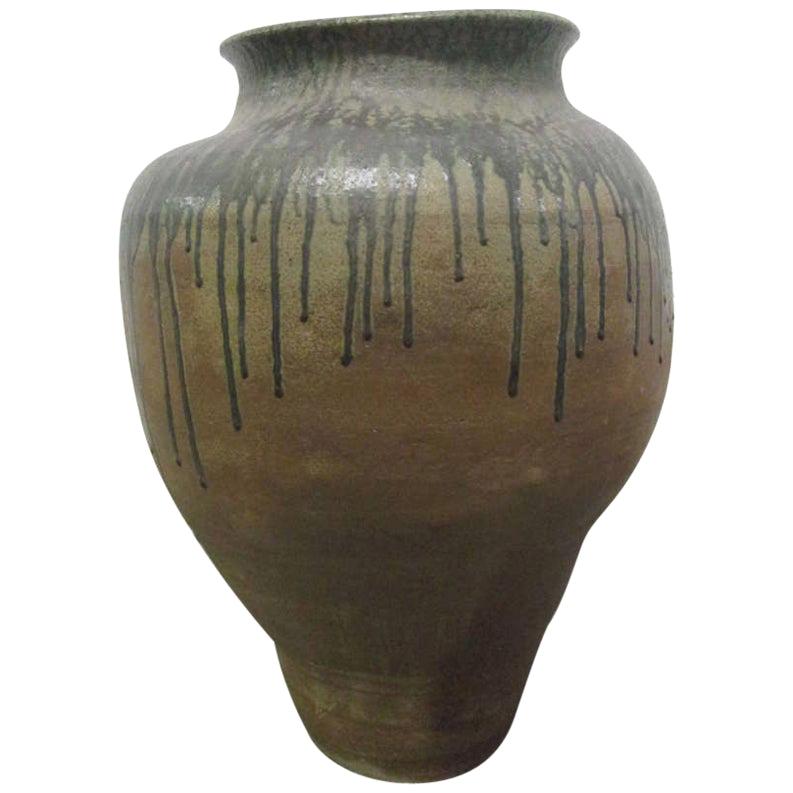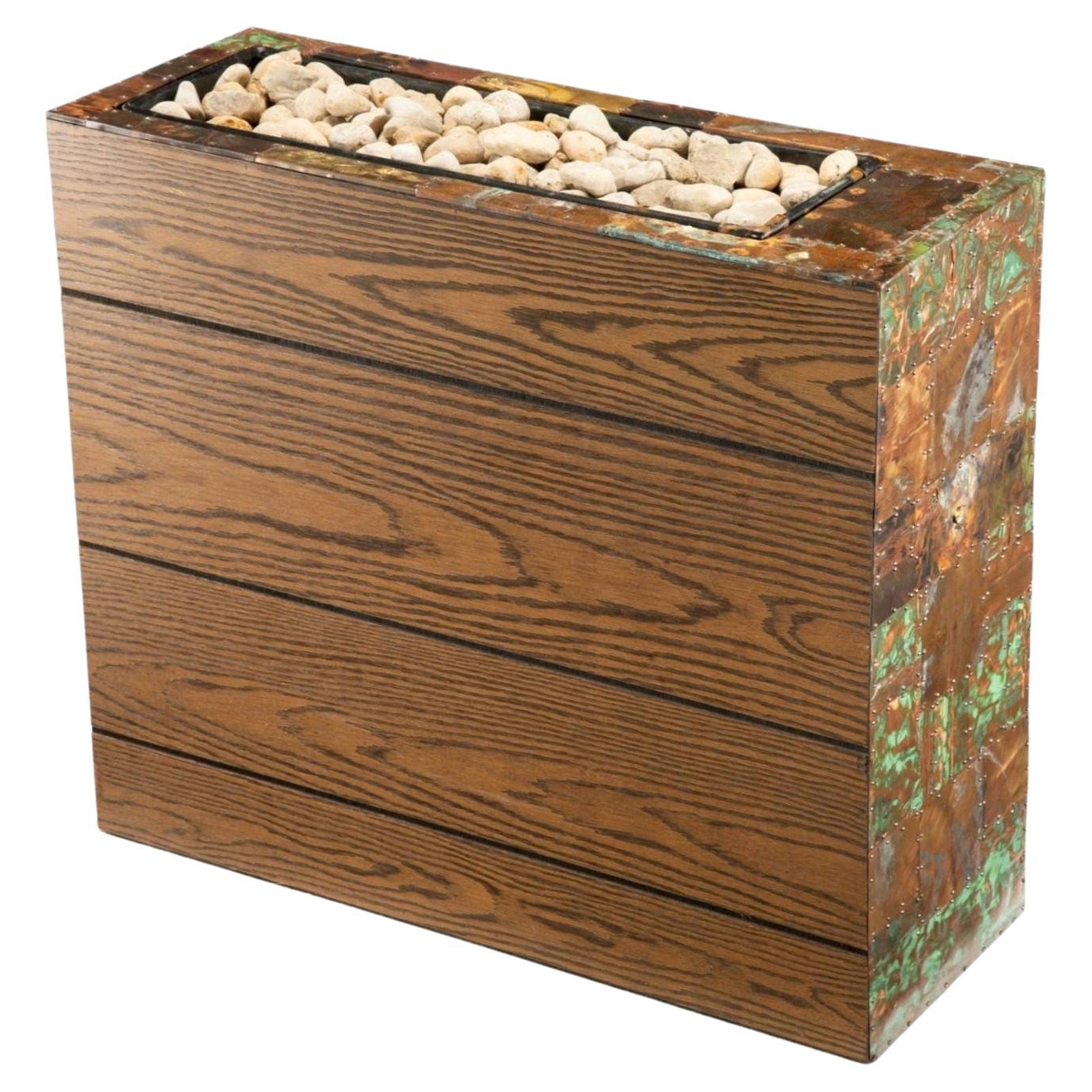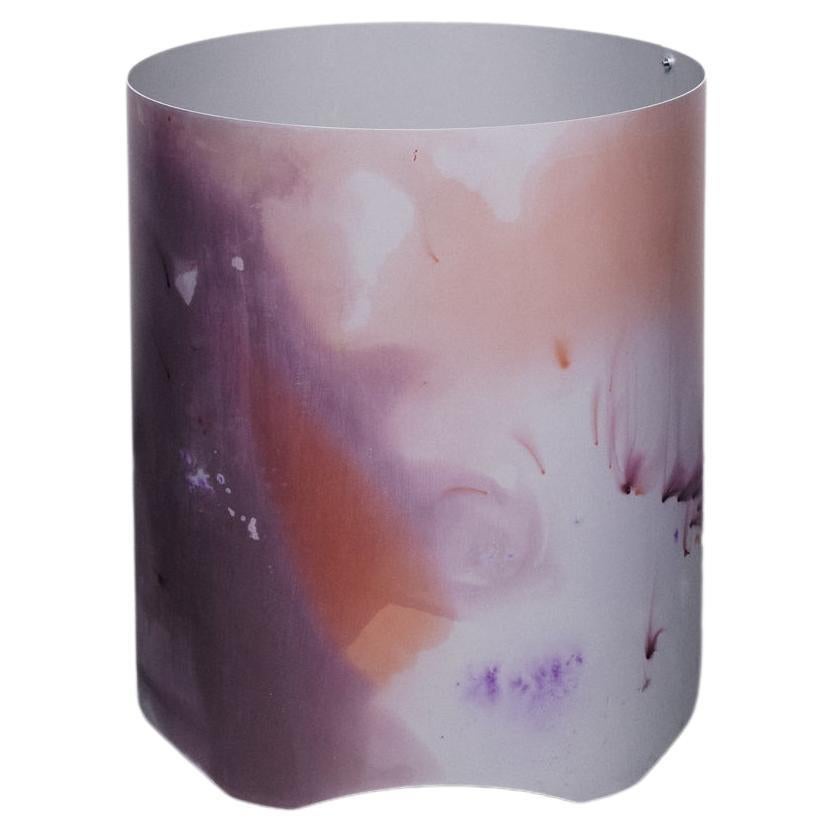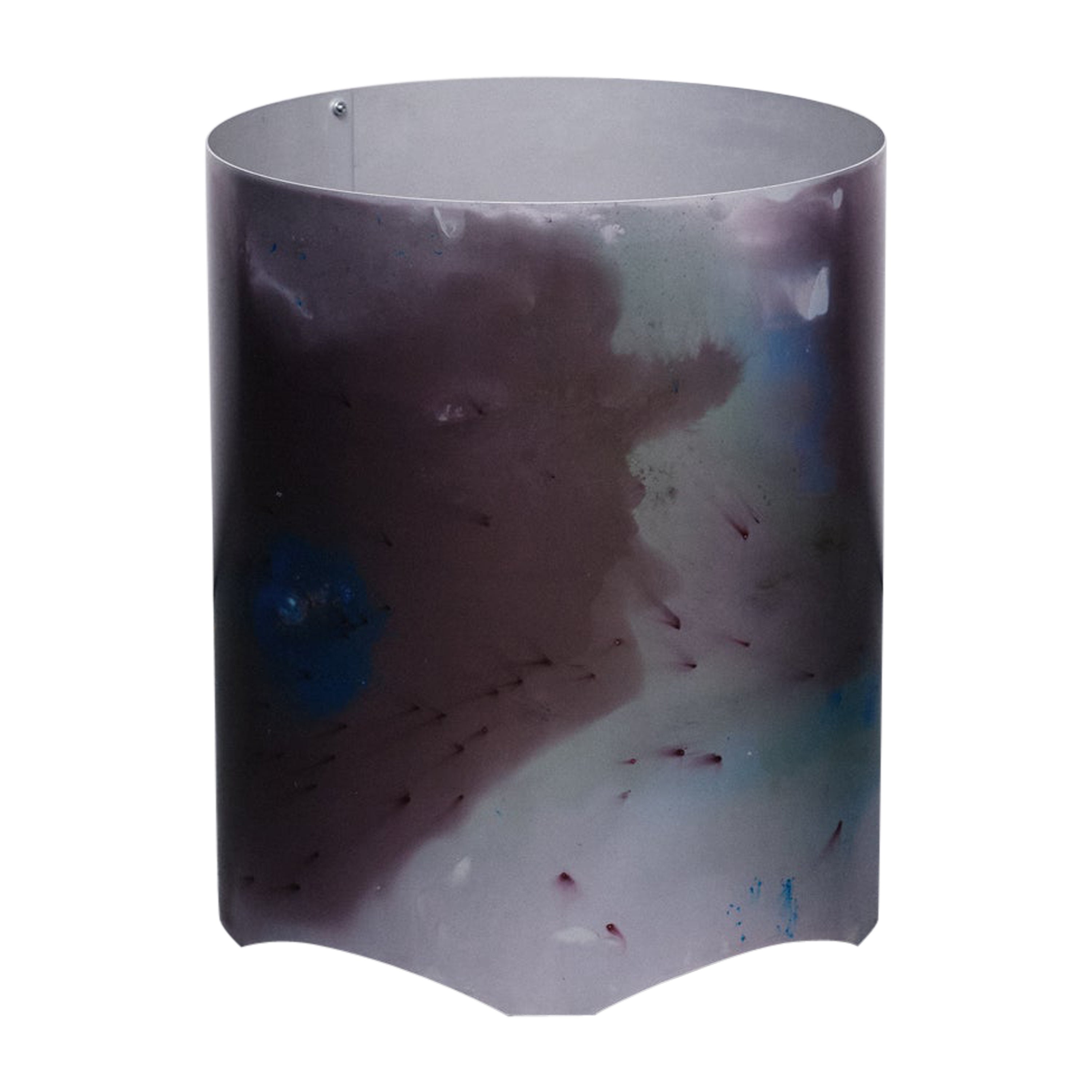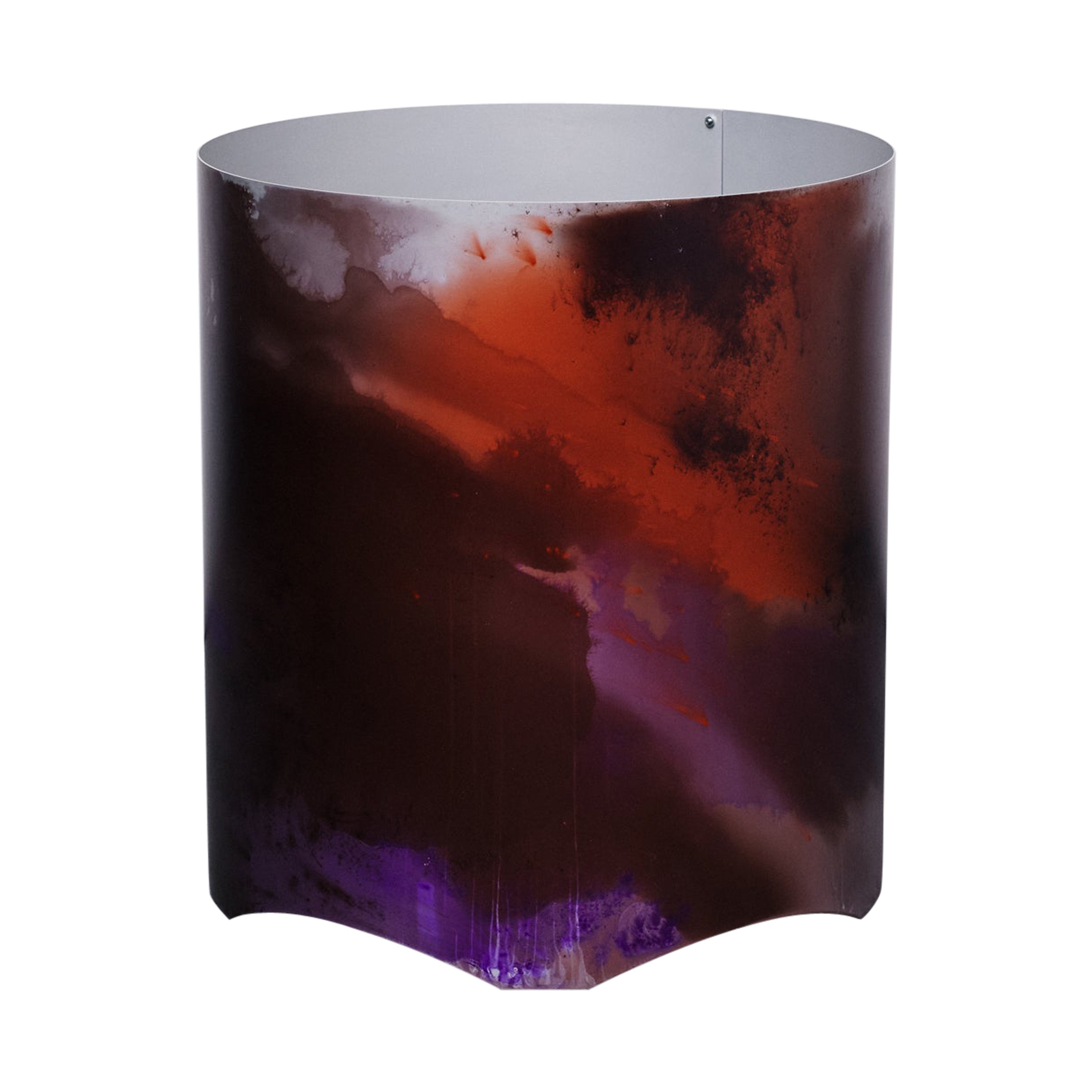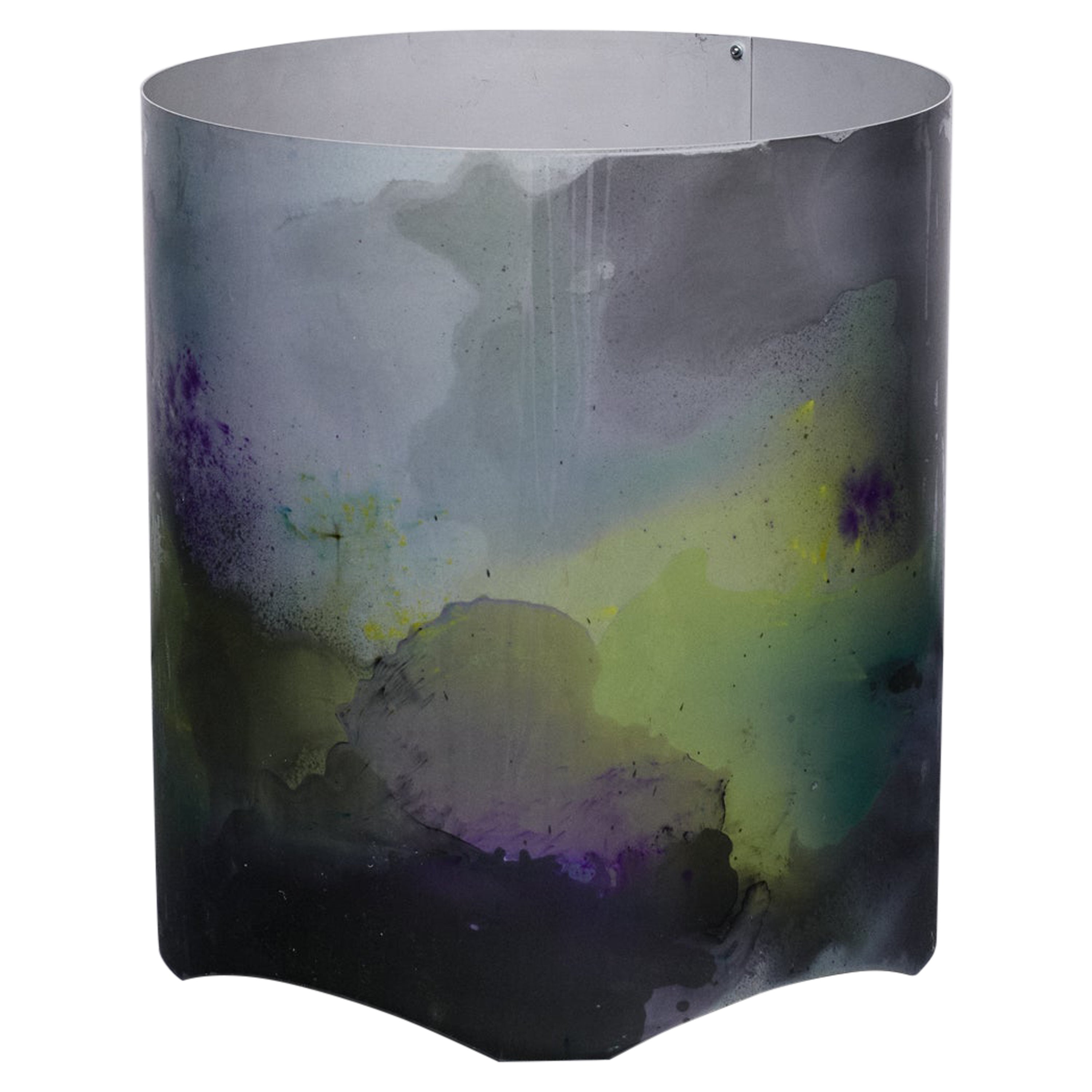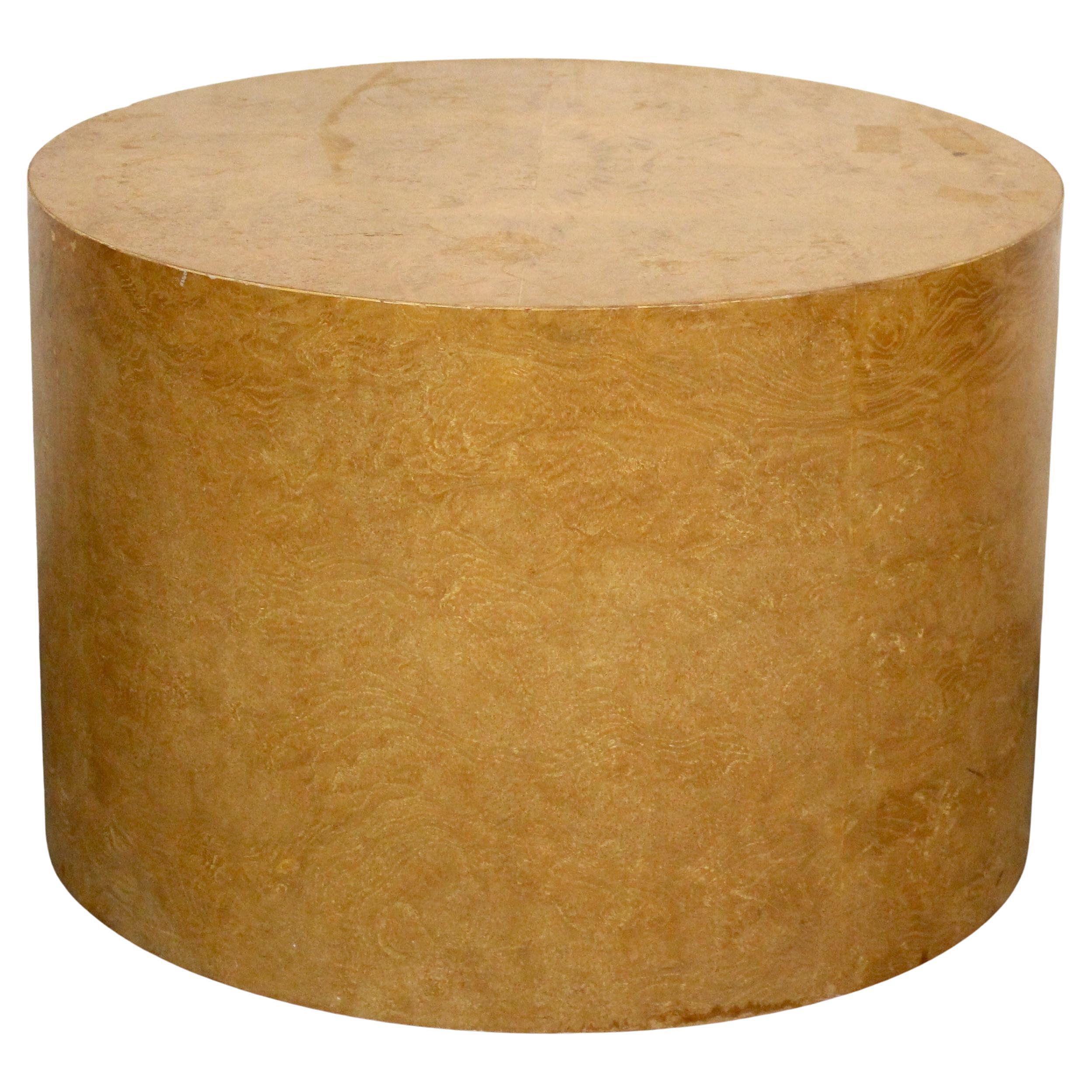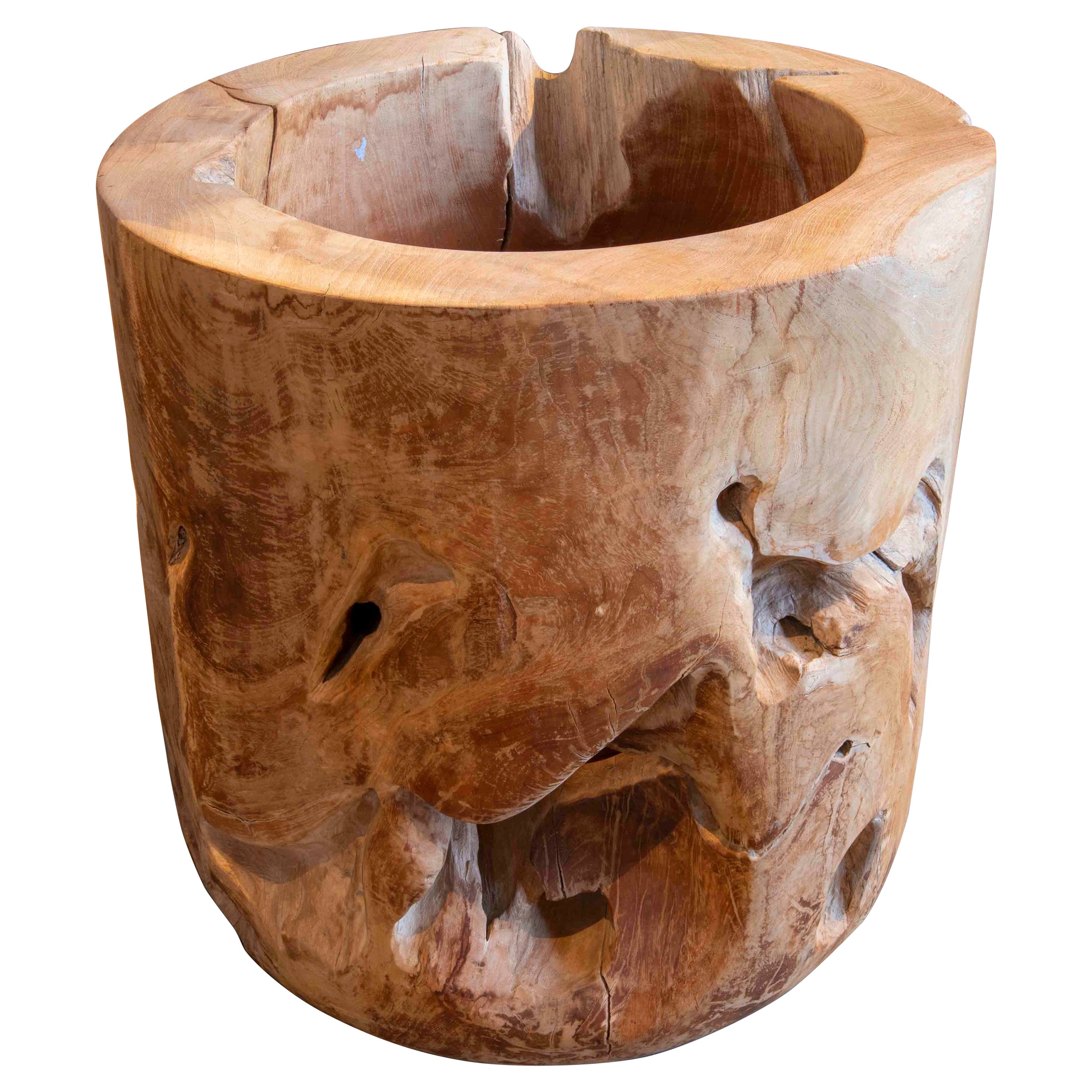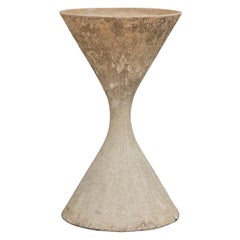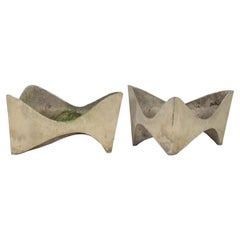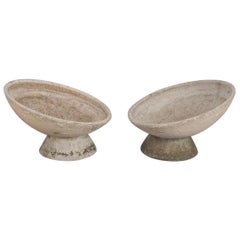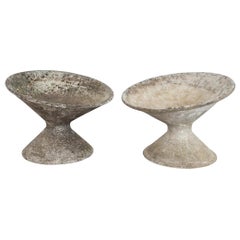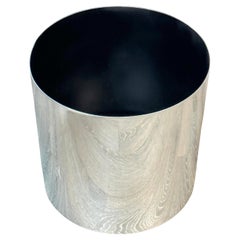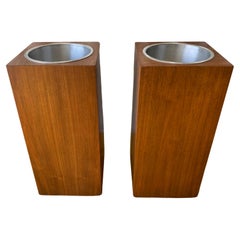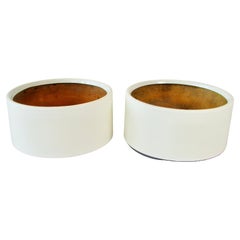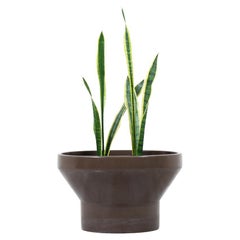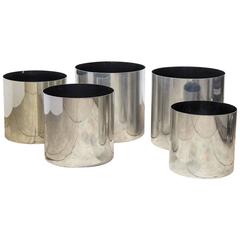
Paul Mayen Aluminium Planters for Habitat
View Similar Items
Want more images or videos?
Request additional images or videos from the seller
1 of 6
Paul Mayen Aluminium Planters for Habitat
About the Item
- Creator:Habitat International (Manufacturer),Paul Mayen (Designer)
- Dimensions:Height: 18 in (45.72 cm)Diameter: 18 in (45.72 cm)
- Sold As:Set of 5
- Style:Industrial (Of the Period)
- Materials and Techniques:Aluminum,Polished
- Period:
- Date of Manufacture:1970s
- Condition:
- Seller Location:Brooklyn, NY
- Reference Number:1stDibs: LU95416458163
About the Seller
4.7
Vetted Professional Seller
Every seller passes strict standards for authenticity and reliability
Established in 2010
1stDibs seller since 2012
239 sales on 1stDibs
Typical response time: 3 hours
Authenticity Guarantee
In the unlikely event there’s an issue with an item’s authenticity, contact us within 1 year for a full refund. DetailsMoney-Back Guarantee
If your item is not as described, is damaged in transit, or does not arrive, contact us within 7 days for a full refund. Details24-Hour Cancellation
You have a 24-hour grace period in which to reconsider your purchase, with no questions asked.Vetted Professional Sellers
Our world-class sellers must adhere to strict standards for service and quality, maintaining the integrity of our listings.Price-Match Guarantee
If you find that a seller listed the same item for a lower price elsewhere, we’ll match it.Trusted Global Delivery
Our best-in-class carrier network provides specialized shipping options worldwide, including custom delivery.More From This Seller
View AllWilly Guhl Spindle Planter
By Willy Guhl
Located in Brooklyn, NY
Large spindle or diabolo planter designed by Swiss architect Willy Guhl. Originally made in three sizes, this planter is the medium size at 32 inches tall. An iconic hourglass form to add sculptural flare to the garden. This all-weather planter...
Category
Vintage 1960s Swiss Mid-Century Modern Planters and Jardinieres
Materials
Cement
Willy Guhl Molar Planters
By Willy Guhl, Eternit
Located in Brooklyn, NY
Scarce pair of molar planters, designed by Willy Guhl for Eternit. Arched triangular form cheekily resembles a tooth. Strong and robust, these garden planters are sculpted from fibro...
Category
Vintage 1960s Swiss Mid-Century Modern Planters and Jardinieres
Materials
Concrete
Willy Guhl Vasque Planters, a Pair
By Willy Guhl
Located in Brooklyn, NY
Beautiful pair of Vasque planters designed by Willy Guhl for Eternit. The basins can be adjusted in their corresponding bases. The set has a gorgeous age to them and make for a stunn...
Category
Mid-20th Century Swiss Planters and Jardinieres
Materials
Concrete
$6,800 / set
Willy Guhl Off-Kilter Planters
By Willy Guhl
Located in Brooklyn, NY
Pair of off-kilter planters, designed by Willy Guhl for Eternit. A play on the classic diabolo form. Strong and robust, these tilted garden planters are sculpted from fibrous cement....
Category
Vintage 1960s American Mid-Century Modern Planters and Jardinieres
Materials
Concrete
$6,500 / set
Willy Guhl Off-Kilter Planter
By Eternit, Willy Guhl
Located in Brooklyn, NY
Molded concrete off-kilter planter, designed by Willy Guhl for Eternit. A play on the classic diabolo form. Strong and robust, this tilted garden planter is sculpted from fibrous cem...
Category
Mid-20th Century Swiss Mid-Century Modern Planters and Jardinieres
Materials
Concrete
Willy Guhl Rectangular or Window Box Planters
By Willy Guhl
Located in Brooklyn, NY
Set of four rectangular planters, designed Willy Guhl for Eternit. These sleek modern architectural garden pots are made from strong fiber cement with mineral elements. Lovely patina...
Category
Mid-20th Century Mid-Century Modern Planters, Cachepots and Jardinières
Materials
Concrete
$6,000 / set
You May Also Like
Stainless Drum Planter/ Table Base by Paul Mayen for Habitat
By Paul Mayen
Located in West Palm Beach, FL
Stainless Drum Planter/Table Base by Paul Mayen for Habitat
USA, circa 1980s
This sleek stainless steel drum planter or table base, designed by Paul M...
Category
Late 20th Century American Mid-Century Modern Planters and Jardinieres
Materials
Stainless Steel
$1,000 Sale Price
20% Off
Modernist Walnut and Aluminum Architectural Planters by Habitat International
By Habitat International
Located in Buffalo, NY
Modernist Walnut and Aluminum Architectural Planters by Habitat International,, Stunning sleek, simple ,classic design,Fit seamlessly into any modern, contemporary, environment.Price...
Category
Vintage 1970s American Mid-Century Modern Planters and Jardinieres
Materials
Aluminum
Pair of White Fiberglass Planter Pots Attributed to Habitat
By Habitat International
Located in Ferndale, MI
Unique round cylinder form planter pots. In appearance very much like an Architectural Pottery piece . These are molded in fiberglass much the same way as a boat. White gel coat over...
Category
Mid-20th Century American Mid-Century Modern Planters and Jardinieres
Materials
Fiberglass
Paul McCobb M-3 Brown Ceramic Glaze Planter for Architectural Pottery
By Paul McCobb, Architectural Pottery
Located in Los Angeles, CA
Paul McCobb M-3 brown ceramic glaze planter for Architectural Pottery.
Category
Vintage 1960s American Mid-Century Modern Planters and Jardinieres
Materials
Ceramic
Paul Chaleff Large-Scale Stoneware Planter
Located in New York, NY
Paul Chaleff large-scale stoneware planter. Handmade, sturdy, nice drip-glazed pattern to the body.
Category
20th Century American Mid-Century Modern Planters and Jardinieres
Materials
Stoneware
$6,900 Sale Price
40% Off
Paul Evans Mid-Century Modern Brutalist Metal Patchwork Indoor Planter Box
By Paul Evans
Located in Forney, TX
Paul Evans (1931-1987) American Brutalist industrial modern welded steel and copper, mixed metals patchwork and hardwood planter with rivet accents and removable metal insert. Can be used indoors or outdoors, with real plants or faux plants. Includes green styrofoam blocks for artificial plant use and natural stones for covering the top.
Circa 1970
Dimensions:
26" High, 30" Wide, 11" Deep
Please note, at the time of writing this, a matching coffee table is available separately. Please check our other listings or contact us to view it.
Great original vintage condition. Strong, stable and structurally sound and in wonderful overall appearance; Age appropriate wear and tear, including minor scuffs, scattered scratches to wood panels and metal components. The black insert has fairly significant patinated weathered rustic oxidation consistent with age and indicative of use. The overall patina adds warmth and character to the overall aesthetic appeal and vintage authenticity.
Biography:
Paul Evans (American , 1927-1993)
Born in Brooklyn, New York, Paul Evans is an American furniture designer and sculptor best known for his work in American Furniture design and the American craft movement. His work was influential to many furniture manufacturers in the second half of the 20th century, most notably Directional Furniture. He often used non-traditional materials and techniques like sculpted metal furniture. His work with Directional Furniture was extremely fruitful and during that time he started several series including their Argente, Sculpted Bronze, and Cityscape series. Evans started his career making copper chests and sculpted steel cabinets -- both of which are highly sought after today.
Paul Evans’s work with Directional Furniture changed the relationship between creative directors and the companies they worked for. His name helped sell pieces, and he was consciously aware of that fact. As a proponent of modernism, Evans became an innovator in the furniture world. His patrons were often part of the New York elite, and he was able to enjoy sustained success, helped in large part by his ability to evolve with the times -- from craft-based in the 1950s to more flashy pieces in the 1970s and 1980s. His work was mostly recently featured at the Michener Art Museum and was the subject of a 2014 documentary.
What kind of art does Paul Evans make?
Paul Evans was primarily a furniture designer and sculptor. Though he started within the American Craft movement, Evans is hard to pin down stylistically. An expert metalworker and sculptor, several of Evans pieces were heavily influenced by the shipbuilding industry. As he moved through his career, his pieces became more stylistically diverse, but through it all there is a dedication to craft and function. Much of Evans work is best showcased in his work for Directional Furniture. He had several iconic lines including Patchwork Copper, Pewter and Brass, and the extremely popular CItyscape Series. In the 1980s, Evans branched off on his own with his Think Tank series. He opened his own showroom in New York City, but eventually retired in 1987.
How did painter Paul Evans get started?
Paul Evans was born on May 20th, 1931 in Newton, Pennsylvania. He studied sculpture and silversmithing at a number of colleges including the Philadelphia Textile Institute, the Rochester Institute of Technology, and the School for American Craftsmen. In the early 1950s, he attended the Cranbook Academy of Art in Michigan, later moving back to Pennsylvania to work with his mentor and guide, Phillip Loyd Powell. Together they began a business heavily influenced by the work of George Nakashima. Powell worked wood pieces, while Evans dedicated himself to metal. Evans burst onto the scene in the late 1960s and early 1970s as the American Craft movement exploded in popularity. From there he parlayed his popularity into a lucrative career with Directional Furniture.
How much are Paul Evans pieces worth?
Paul Evans furniture pieces can vary in value greatly, from a few thousand dollars on the low end to over $200,000 on the high end. In 2015 a Paul Evans wavy...
Category
Mid-20th Century American Industrial Planters and Jardinieres
Materials
Metal, Copper, Steel
Recently Viewed
View AllMore Ways To Browse
Habitat Vintage
Otagiri Pottery
Rare Willy Guhl Modular Planting System Switzerland 1970s
Royere Plant Stand
Sam Trujillo
Sgraffito Gainey
Stan Bitters Thumb Pot
Tackett Wok
Twisted Castle Planter
Us Pottery Of Paramount
Victorian Vintage Wrought Iron Plant Stand
Vintage Dolly Planters
Vintage Galvanized Steel Tub
Vintage Wardian Case
Vintage Zinc Barrel
White Furniture Company Furniture
Accents Of France
French Carved Wood
